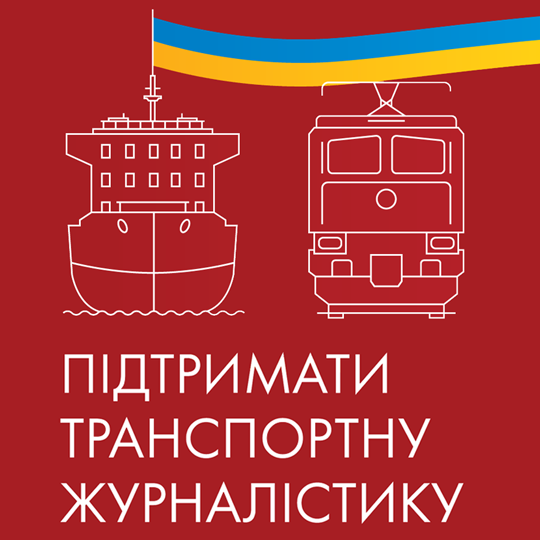Airline companies operating SSJ-100, An-140, and An-148 aircraft will be given an advantage under the program for subsidizing regional routes in Russia. This is stated in the rules for granting subsidies for regional air transport services in Russia, Business TASS reports.
The Ministry of Transport prepared the rules, which are part of a package of documents outlining the new scheme for subsidizing regional air transport services, for public debate.
The new subsidy model will extend to the entire territory of Russia, and it will not affect the programs for air transport from the European part of Russia to the Far East and Kaliningrad that the government previously approved. The program will also not affect flights through Moscow airports.
The federal budget for 2014 provides RUB 3.6 billion for subsidizing regional routes. The subsidies will go to routes with a length of 1,200 kilometers (or 1,800 kilometers if an airport is located in the Far Eastern Federal District). A co-financing mechanism with subjects of the Russian Federation, in which a route can be of any length, is being introduced additionally. The annual passenger traffic on a subsidized route should not exceed 8,000 passengers.
The special tariff for transportation of a single passenger in economy class in one direction will depend on the length of a route and the number of seats on an airplane. For example, when flying a distance of more than 1,400 kilometers on an airplane for 84-103 passengers, the special tariff should be RUB 7,782 (the maximum subsidy payable to a carrier for the entire flight will total RUB 403,800). When flying a distance of less than 200 kilometers on an airplane for 4-10 passengers, the special tariff is RUB 5,906 (the maximum subsidy per flight is nearly RUB 21,500).
Russia’s Federal Air Transport Agency (Rosaviatsiya) will sign agreements on provision of subsidies with airline companies that have the best subsidy efficiency indicators. In cases in which the indicators are equal, priority will be given to the company that provides a letter of guarantee, followed by the company that plans to use An-148, An-140, or SSJ-100 airplanes, and the company that plans to use foreign airplanes.
The new subsidy scheme is expected to result in emergence of up to 60 new regional routes and increase of the volume of passenger traffic to 200,000 passengers.



